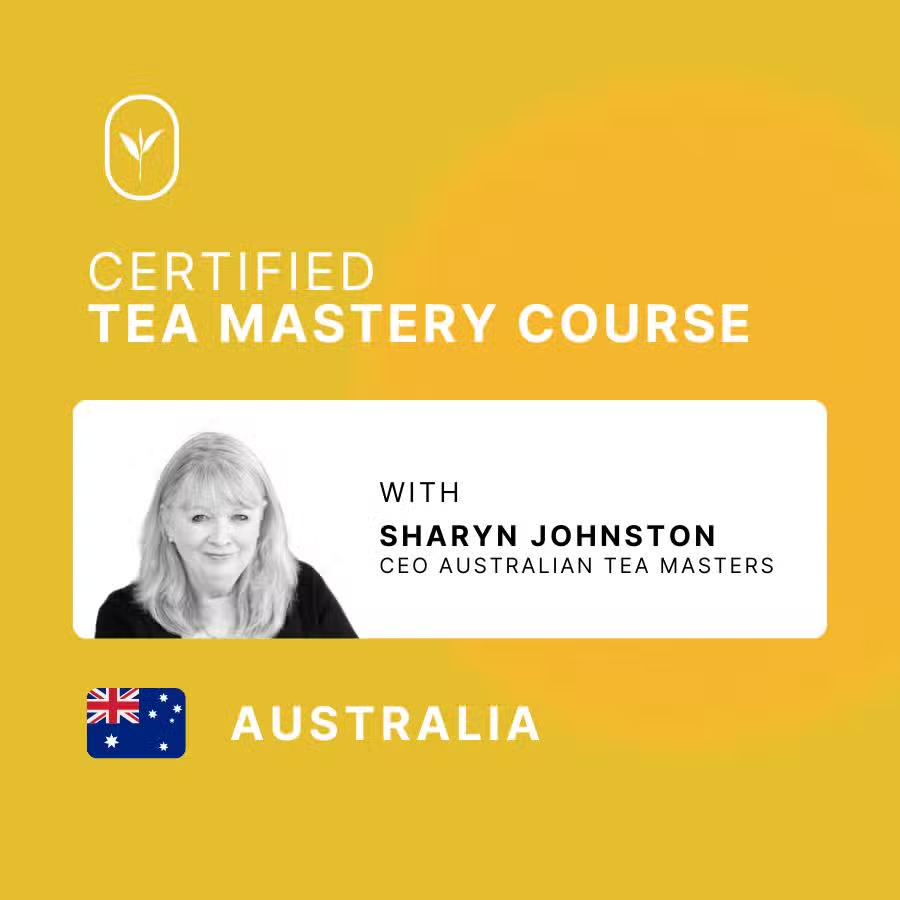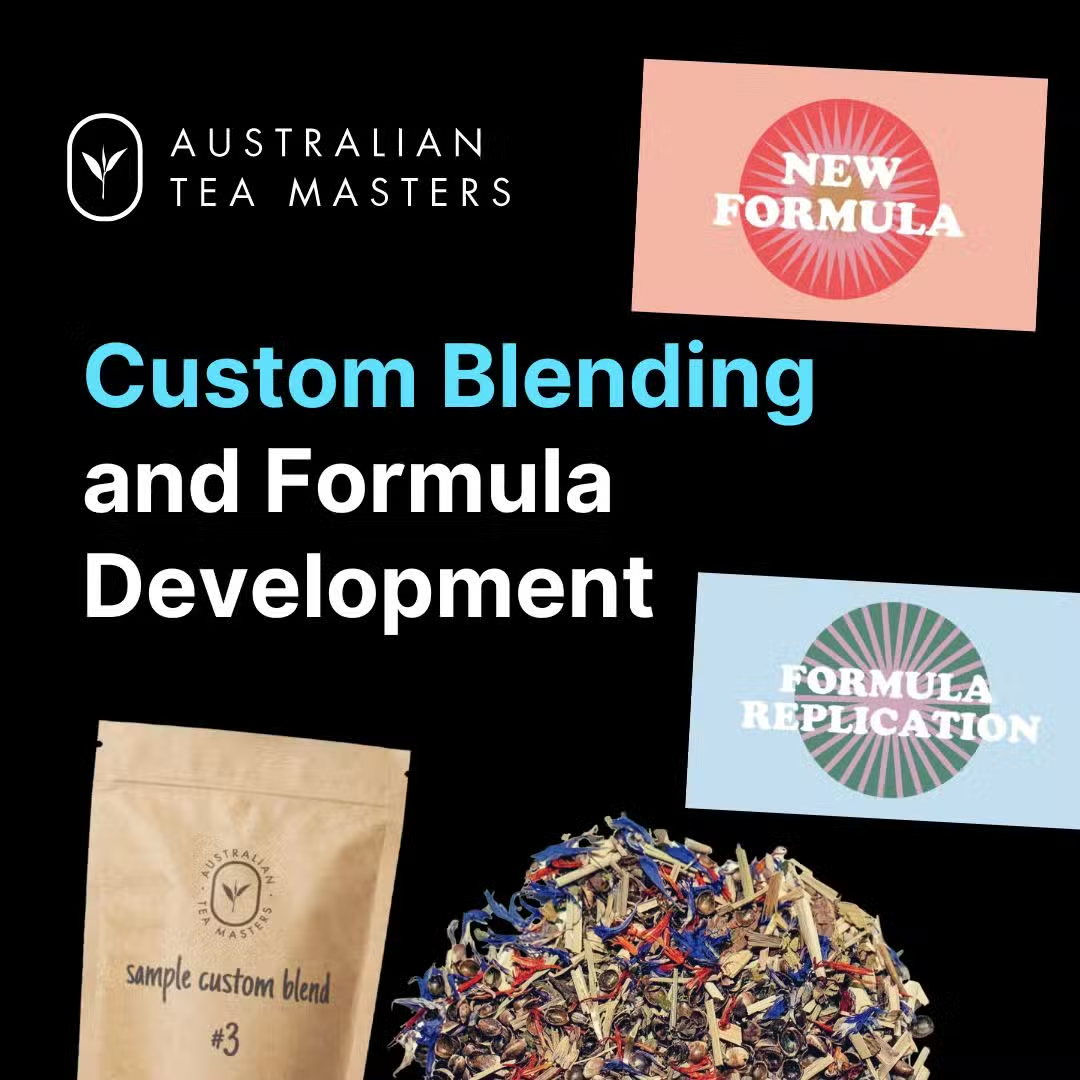Australia is in need of tea education, stakeholders say, as its hospitality industry continues to fall short while serving the world’s most popular manufactured drink.
According to the United Nations, humans drink more tea than any other liquid except water, producing it in a variety of different styles that some believe is comparable to the wine industry for its cultural complexity.
But in Australia, many cafes and restaurants that pride themselves on serving great coffee will give tea drinkers hot water and a tea bag — the equivalent of dishing up instant coffee.
“That’s what we’re trying to change because, really, in a tea bag you’ve usually got the lowest grade tea,” Australasian Tea Association chairperson Sharyn Johnston said.
“They’ll literally take the tea bag, put it in a cup, and often those tea bags are not worth more than 5 to 10 cents, and charge $4.50 for the same thing you can walk in and get a specialty coffee for.
“So with our big specialty coffee situation here in Australia, we’re really working with the roasters to put good quality teas in restaurants and cafes.”
Educating Australia
Ms Johnston is also the founder and chief executive of Australian Tea Masters, a wholesale company and education provider with a retail store in Victoria.
She runs online and in-person courses to increase people’s knowledge on topics including tea blending, grading and tasting.
“I was certified in the United States, but now we actually teach it ourselves here,” she said.
“We’ve really pushed the education forward because the biggest problem when I started 12 years ago was each country did their own training on their own type of tea.
“In Africa and India, for example, the tea leaves are a lot thicker and heavier, which is why you get darker teas from there, and then you have the China variety, which is a much finer leaf, which is also grown in Nepal, and that gives you a much lighter type of tea.
“The higher the elevation, the lighter the tea.”
How to brew a good cup
Ms Johnston said she was often asked about the best way to make tea, and whether milk should be added first or last to English Breakfast.
She said milk should not be necessary at all if the tea is good quality, pointing out it was originally added in India to overcome the bitterness of poor grade leaves, and to stop bone china cups from cracking under hot water.
Ms Johnston’s tips to brew a good teapot include:
- Two grams of tea per 150 millilitres of water
- Heat the pot first with boiling water then pour it out
- Add the tea, then add boiling water and let it brew for three minutes.
“Some people stir it with a spoon to make sure it’s brewed properly, and I’m sure you’ve heard of those who turn the pot three times,”
She said coffee plungers were one of the best methods because you could draw it up and down to move the leaves about while it brewed.
Her tips for brewing a cup of English Breakfast with a teabag include:
- Fill the cup with boiling water first
- Only brew it for a couple of minutes so it doesn’t become bitter.
“The problem is, when you do get really cheap tea, it just extracts really quickly,” Ms Johnston said.
“But there’s nothing wrong with tea bags if the tea’s of good quality.”
She advised people to use teabags made from biodegradable fabric, like soilon.
For both teabags and loose leaf tea, Ms Johnston said milk should always be added last so you could see the colour of the brew, taste it first, or determine its strength and decide how much milk was required.
“You may not need milk if it’s good quality,” she said.
“Tea is really interesting. It’s just one of those things you never stop learning about.”
Originally written by Malcolm Sutton at ABC News on 13 January 2025





